It has a 27mm lens, is truly pocketable and has been recommended by a 35mmc contributor*; I felt compelled to try out the Minolta AF50 Big Finder. It turns out there are at least two other similarly named cameras – the Minolta AF Big Finder (34 mm focal length, autofocus) and the fixed focus Minolta F35 Big Finder, but it’s the AF50 that holds most appeal for me. I like the idea of the wide angle lens as the AF50’s field of view is similar to that of a typical mobile phone camera, and so provides a sort of complementary analogue narrative to smartphone snaps. It also probably fits comfortably in more pockets than a typical smartphone.
The Spec.
27mm f/5.6 all glass lens
Shutter speed from 1/40 to 1/250 sec
Minimum focus distance 1m (possibly less than this in practice)
Dimensions (w x d x h) 112mm x 36mm x 65mm
Battery 2 x AA
Weight 216g (including batteries)
The Quirks
After you switch the Minolta AF50 on (by sliding back the lens cover), the AF50 takes a little while to get ready to shoot. A green LED to the left of the viewfinder flashes a full twelve times, which takes around seven seconds, and then you’re good to go. To take a picture you need to press really quite firmly on the shutter button for a few seconds before it finally fires, so you couldn’t really rely on it capturing a decisive moment (it’s possible this is just my copy). A standard quirk, but the default flash mode is ‘auto’ – so you need to remember to turn this off if your default flash mode is ‘off’.
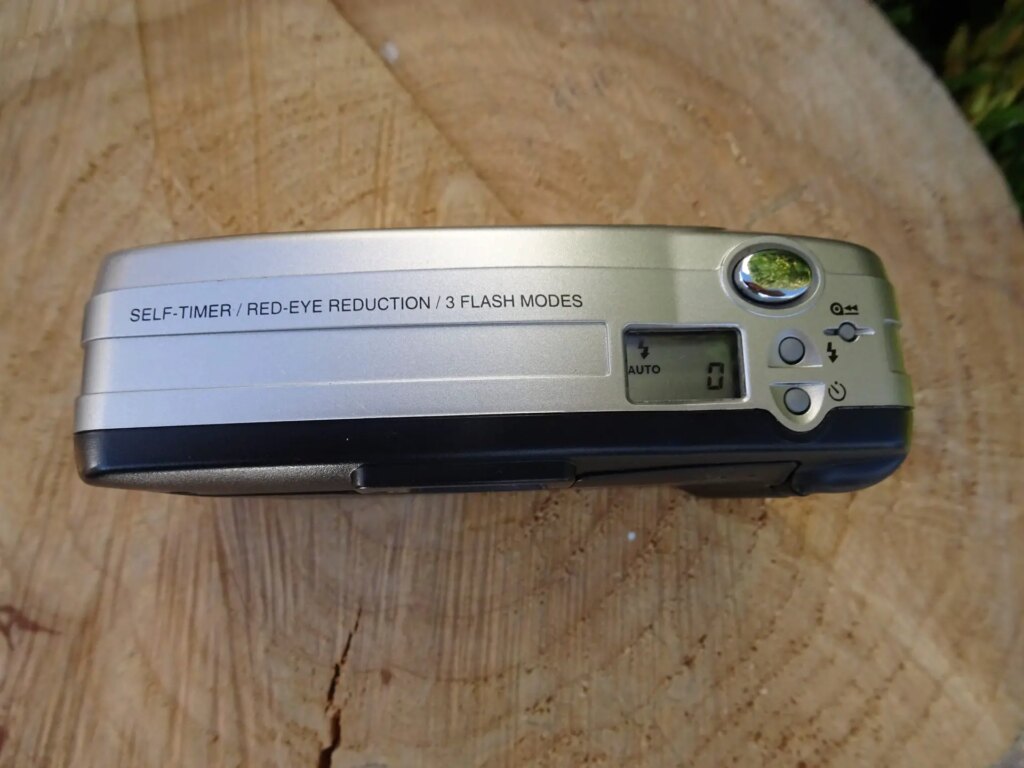
The Big Finder
The Minolta AF50’s key selling feature compares well with those of many comparable cameras. You certainly don’t need to press your eyeball to the viewfinder to see the full field of view, which is perfect if you’re wearing glasses. The autofocus zone and margins of the frame are indicated clearly by yellow markings.
The Films
I used Kodak Tri-X 400 for the camera’s initial outing. A few frames from a bit of a disappointing first crop suggested that, provided the subject was within around 2-3 metres, the lens was quite sharp (at least to my eyes). The camera also looked to have had a tendency to overexpose subjects in full sun with the ISO 400 film. This became more apparent in the brighter conditions in which I shot the second roll of film, Ilford XP2 Super (also ISO 400), though, for me, the look of the XP-2 Super photos won out overall for their range of tones and clarity. To overcome the blown highlights issue, I chose Ilford FP4 Plus (ISO 125) for the third roll (speculatively thinking of using FP4 Plus in summer and XP2 Super in winter), and it did seem to make a difference. I’ve also used expired colour film (Konica Centuria 200) in the Minolta AF50. Colour film’s perhaps not as forgiving as black and white in compact cameras, but I think the grainy colour-shifted aesthetic of expired film works really well in this context. I’ve found expired ISO 200 film is perfect for cameras like the AF50, which default to ISO 100 if they detect no DX code, as simply covering the DX code with electrical tape allows you to shoot at the customary one stop of overexposure.
Sample photos
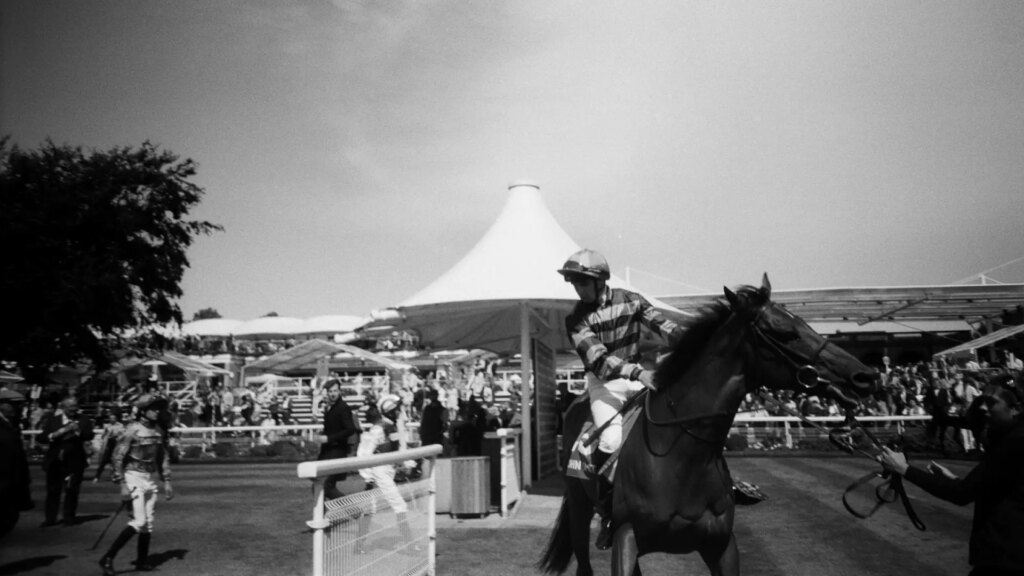
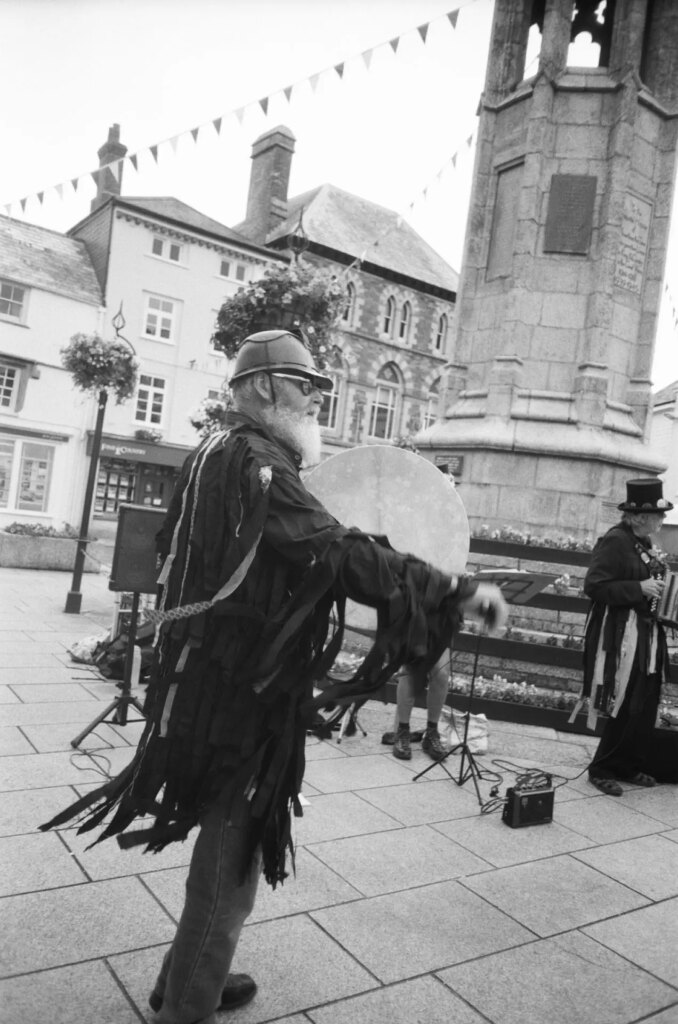
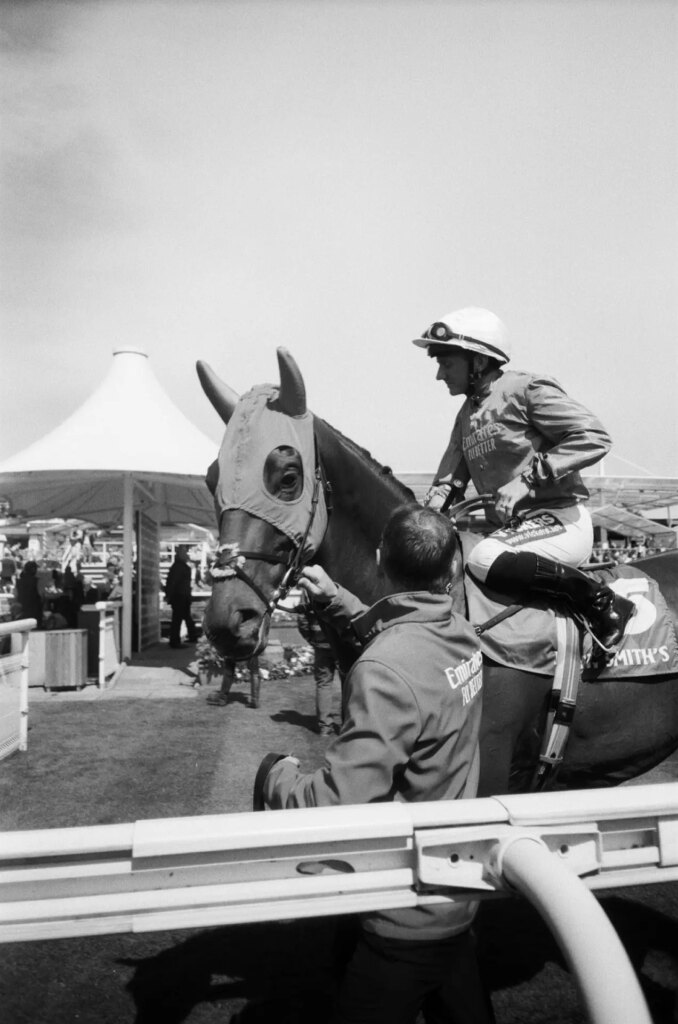
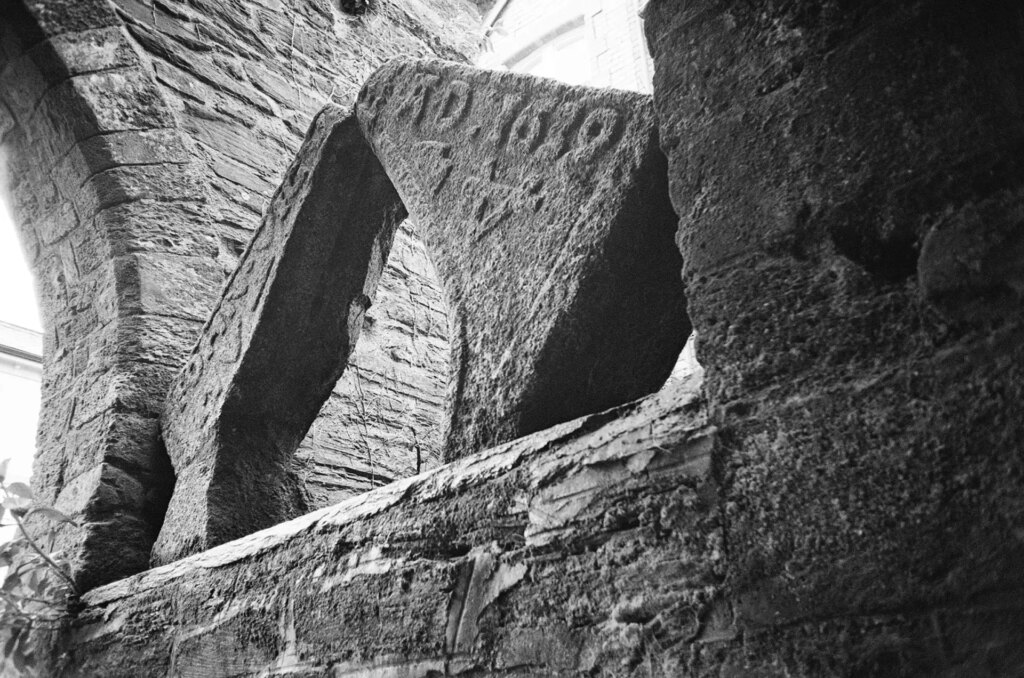
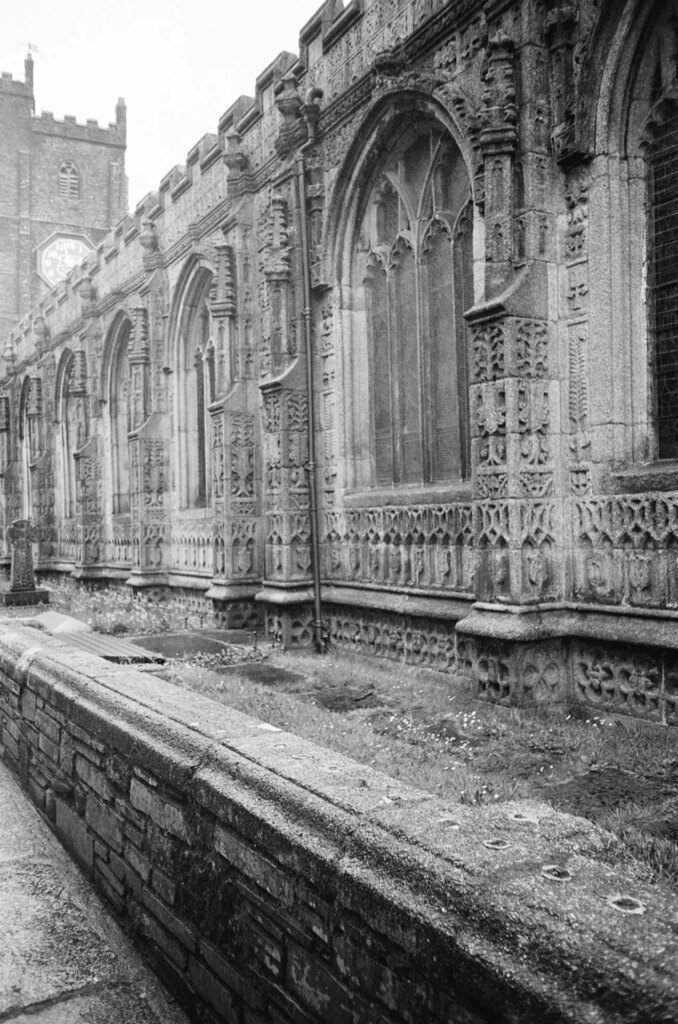
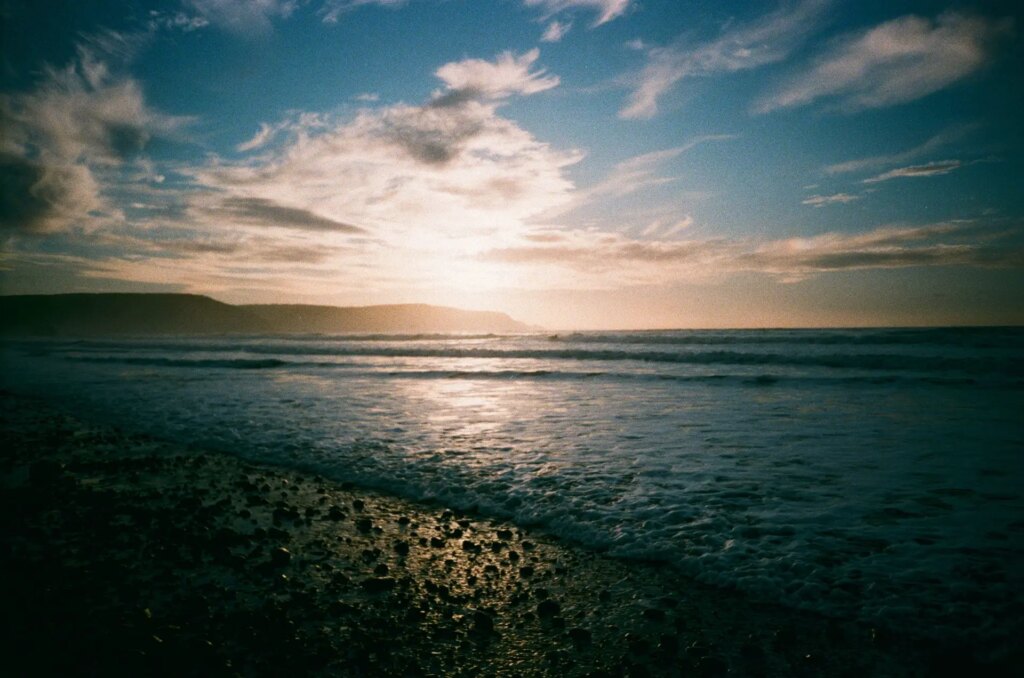

Overall Verdict
‘Creativity Loves Constraints’ – Eric Schmidt
I’m quite attached to the Minolta AF50 – within its limits, it’s definitely capable of capturing plenty of keepers. Distant subjects won’t render too sharply, but it kind of depends what you’re looking for. Close subjects are sharp and tend to pop against the background. And perhaps point it towards the shade, where possible, if you’re using ISO 400 film.
*this camera was, I’m fairly sure, highlighted in the Comments section of an article on this site; a big thanks to the contributor.
Share this post:
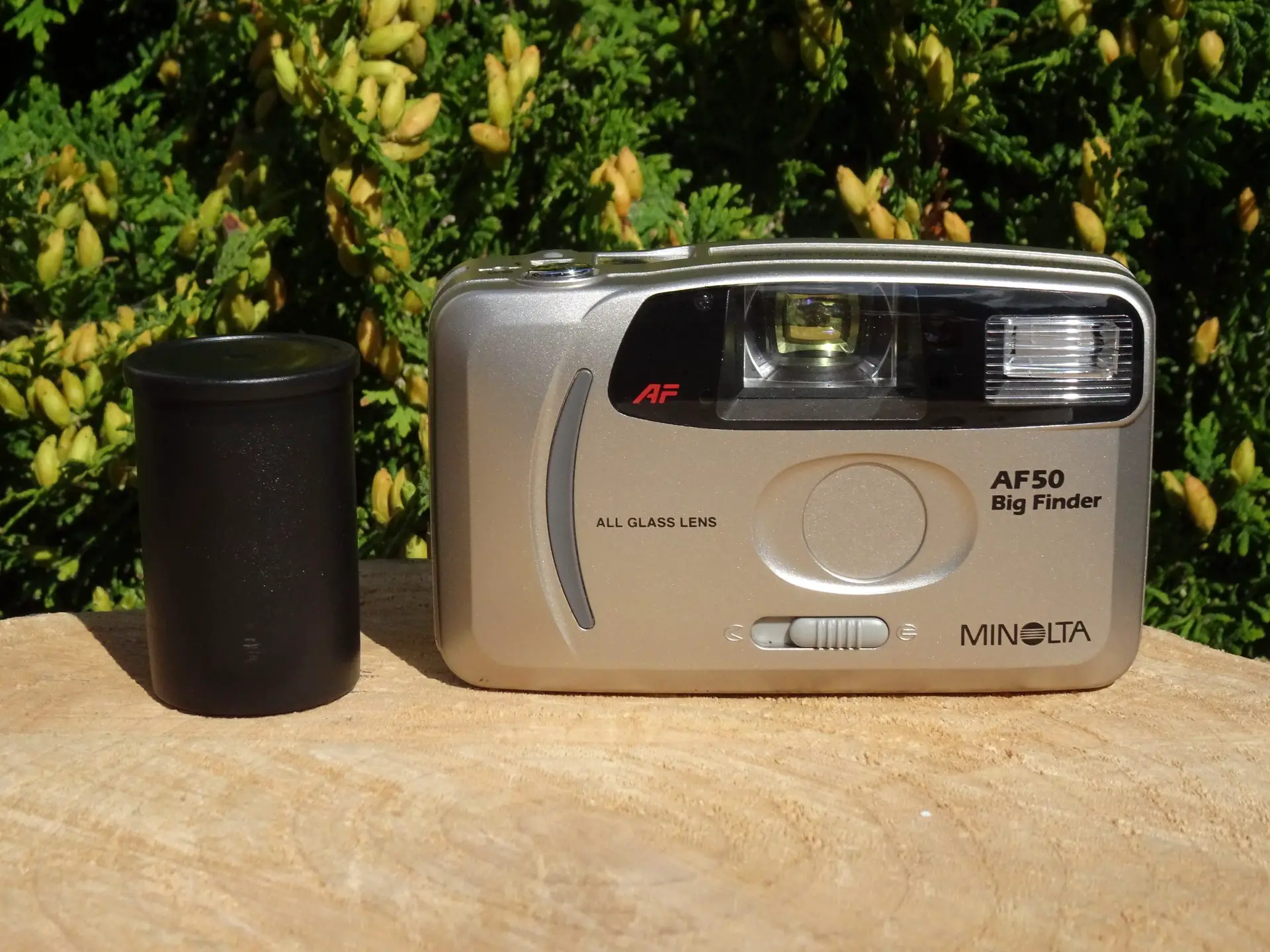








Comments
Matej on Minolta AF50 Big Finder Review – a Wide Angle Compact to Use Close-up
Comment posted: 18/09/2023
Comment posted: 18/09/2023
Kary Schumpert on Minolta AF50 Big Finder Review – a Wide Angle Compact to Use Close-up
Comment posted: 18/09/2023
Comment posted: 18/09/2023